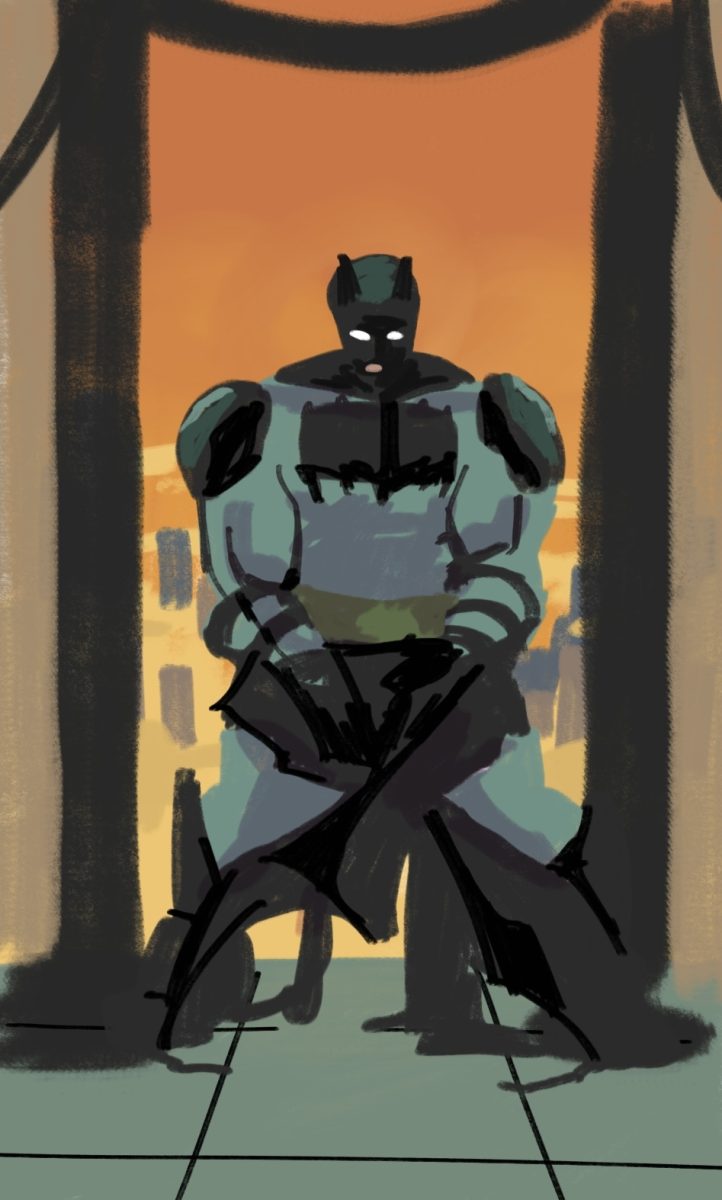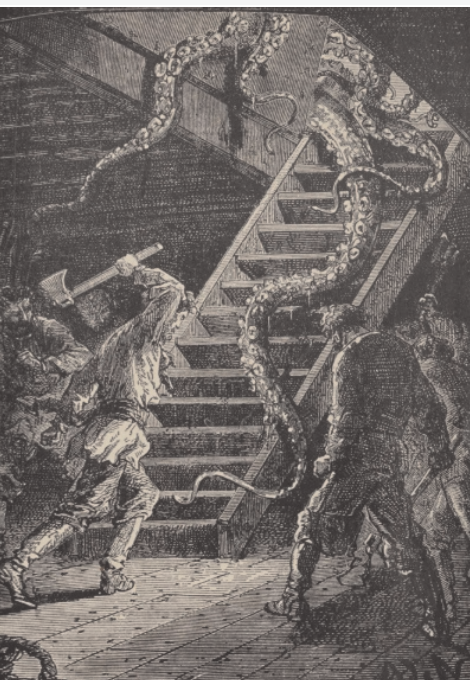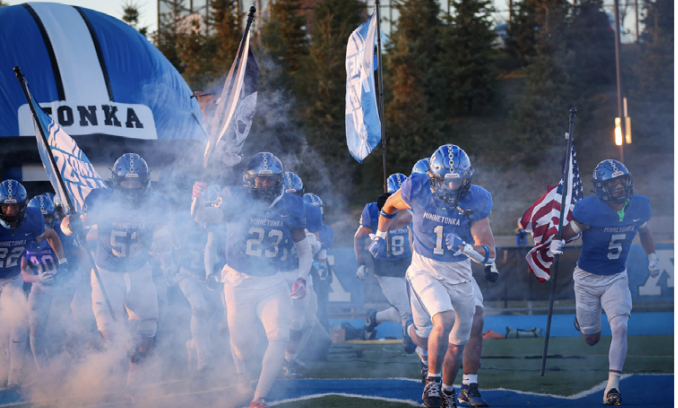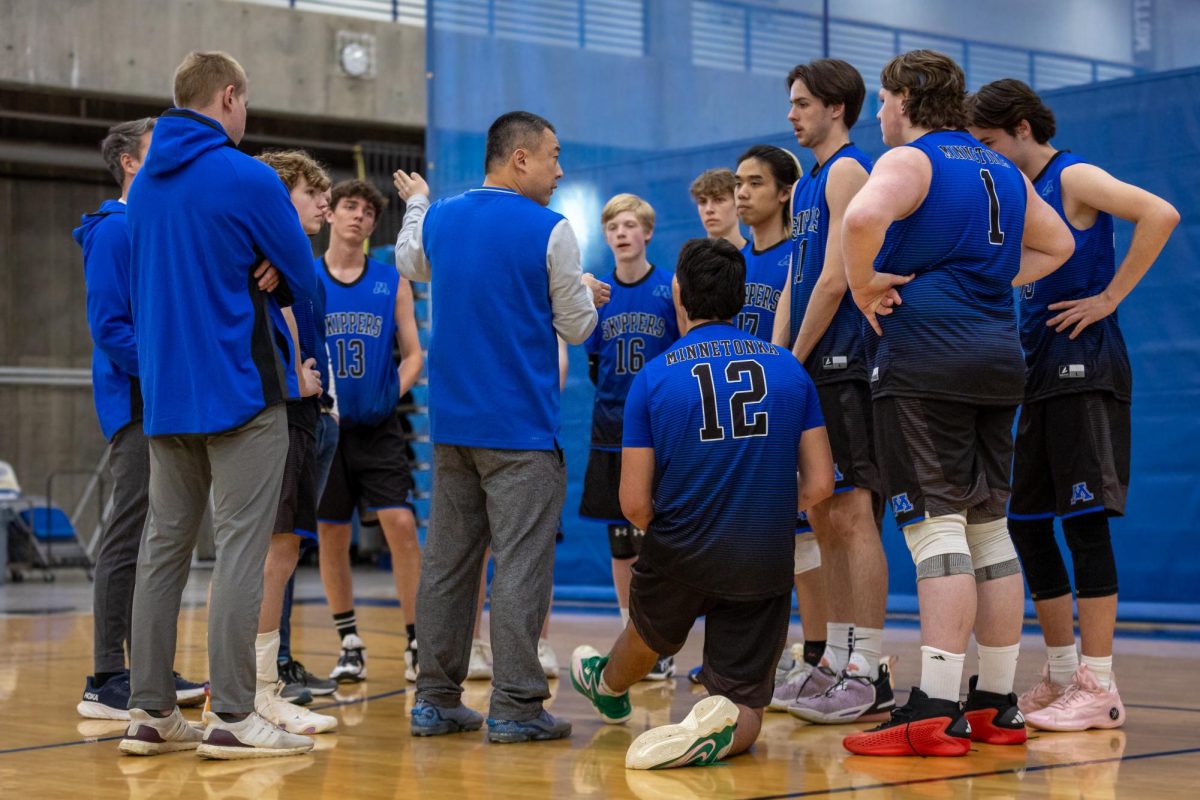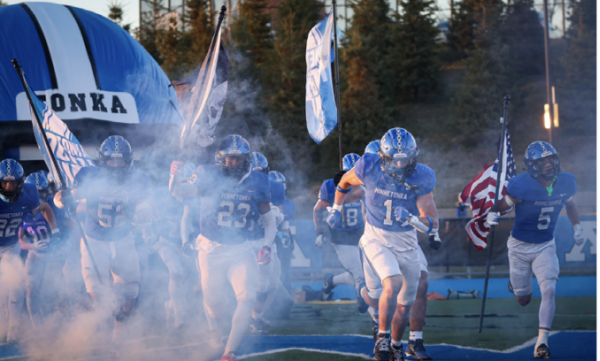We BEL13VE in safety
On March 8, 2014, two Ohio high school hockey teams, St. Ignatius and Sylvania Northview, played for the state championship title. After regulation, the score was tied at 1-1. The first overtime soon wound down without a change in score. The first became the second, then the third, fourth, fifth, sixth, and seventh. After the seventh overtime, administrators and coaches discussed the situation. It was decided that the game would end, tied at 1-1, with both teams being state champions, and all because of one thing: player safety.
The discussion about player safety has become increasingly more important over the past few years.
Sports beyond hockey have also taken measures to provide a safer game.Recently, the football rules committee for the National Federation of State High School Associations added several new rules to the high school football rule book. One of the rules states that there will be a penalty for targeting or hitting an opponent above the shoulders with a helmet, forearm, hand, fist, elbow, or shoulder.
In another recent incident, on March 10, 2014, Dallas Star’s Rich Peverley went into cardiac arrest during the first period of in the National Hockey League. Trained medical assistants rushed to his aid, and fortunately saved his life.
Situations like these have raised awareness of player safety throughout the sports world. New rules and regulations have also led to protests by players, coaches and fans. Now the question is: where do we draw the line between not safe and too safe?
Take the St. Ignatius-Sylvania Northview game, for example. Coaches and administrators were concerned about the safety of the players after seven overtimes. The players were tired, and the risk of injury was increasing as the game wore on. However, the decision to end the game in a tie caused frustration among the players. Even though they were tired, both teams wanted to keep playing for the title. National high school hockey rules don’t allow state championship games to end in skills competitions (such as shoot outs), so an eighth overtime was the only chance for one team to be crowned champion. The coaches and administrators knew that the players wanted the chance to claim the title, but they also knew that if there were serious injuries in the eighth period, their decision to continue play would have raised serious criticism.
In the end, parents, coaches, and administrators chose the safer verdict- a tie. But how far should they go in order to ensure the safety of players? The decision between adding or leaving out a player safety rule can either save athletes from a serious injury, or change an entire aspect of a sport. This tough decision must be made carefully in order to satisfy players, coaches, parents, and fans of sports where safety is a priority.









